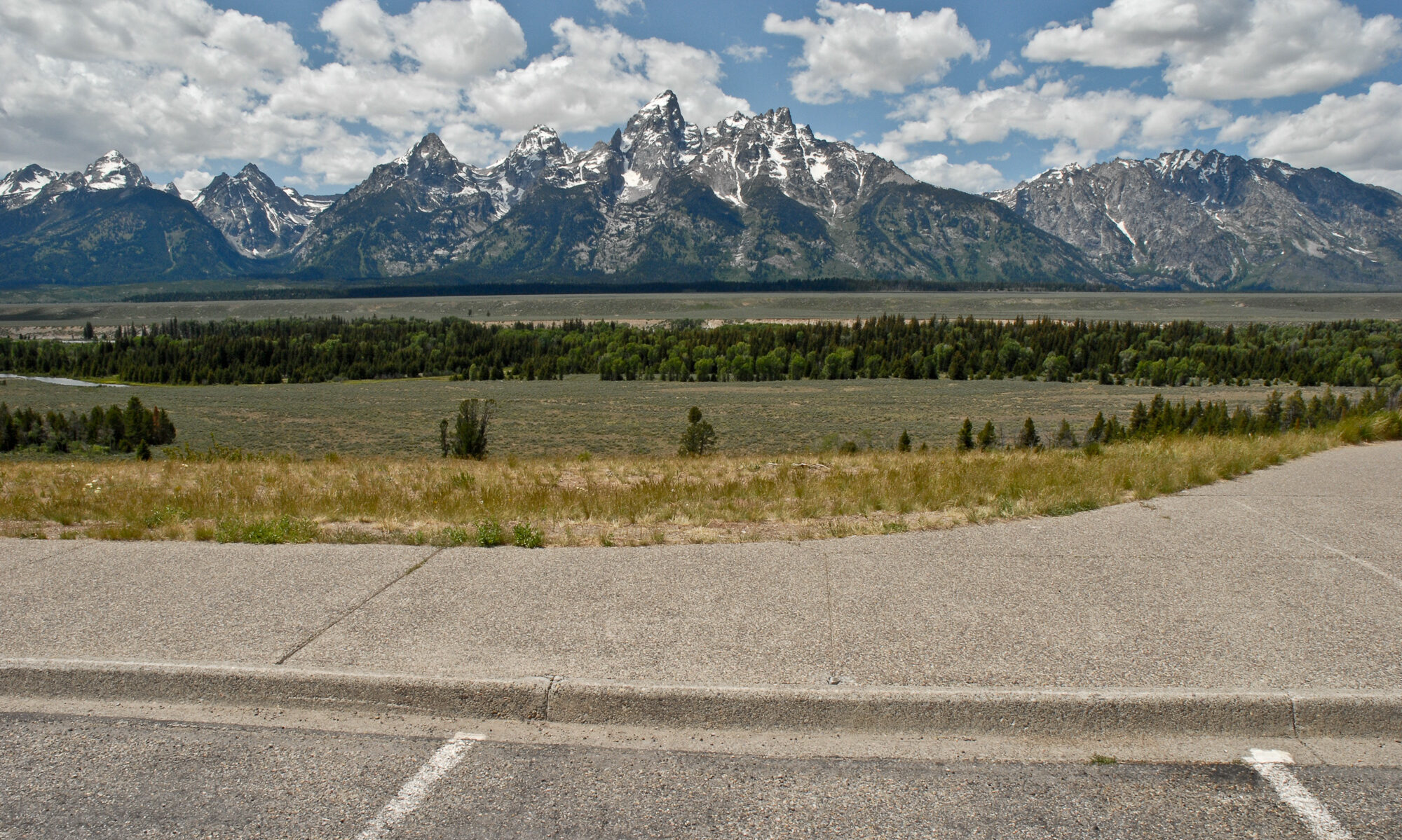Dammit. Another passing. Peter Lamborn Wilson, aka Hakim Bey. Got this news and the following remembrance today from friend Konrad Becker, founder of Public NetBase in Vienna.
![]()
Peter Lamborn Wilson died in his apartment in Saugerties in upstate New York last night, reportedly from a heart attack.
A “Cyberguru” in the nineties he had no email address and wrote his pieces by hand, or on an old typewriter. With 70+ books and titles like Pirate Utopia, he inspired several generations. However, his visceral abhorrence of digital media was softened by his clever use of resources in a digitally savvy environment. As the author of Temporary Autonomous Zone he was guest at the inauguration of Public Netbase and a regular visitor here in Vienna.
Sadly, despite his personal integrity, his fame and colorful queer identity also triggered offending smears and innuendo hard to oppose. In his last months he spoke self-deprecatingly of himself as an old hippy, maybe he was, I just wish there were more of this kind. While many drift into senility in their early forties, he was bright as a button until his last day and had more clever things to say about the electronic media realm than most of the new media experts I ever met.
Following up on his contribution to the book “Digital Unconscious – Nervous Systems and Uncanny Predictions!” and with the support of Autonomedia, Felix Stalder and I ventured into a series of deeper inquiries into the fabric of media un/consciousness.
There is a general narrowing and flattening of the imagination due to the global spread of consumerism and the increasing abstraction and quantification through which the social world is constructed. PLWs work can be understood as an exploration of alternative ways of being in the world that could offer escape routes.
We, by way of Jim Flemming and Fred Barney Taylor, conducted the last interview just a few days ago. In his last interviews he liked to talk of the end of the world which he defined as an ongoing process. His lucid analysis of what went wrong in the last few thousand years was never defeatist rather it was a call to arms.
As he liked to say: Even if you are going to die tomorrow, plant a tree today. The rebellious spirit of PLW and his alter ego Hakim Bey will be immensely missed.
His essay T.A.Z.: The Temporary Autonomous Zone, Ontological Anarchy, Poetic Terrorism condensed and articulated some core essences of my learning facilitation and media arts praxis while simultaneously atomizing it into a negentropic flow. I ran across it as I began to engage in the European context of media criticism and activism in the early 90s. The Anarchist Library has a wide selection of his other writings well worth perusing. A second fave selection is Overcoming Tourism which strips away the hollow shell of elite migrations of consumption, leaving the displacement of the soul as the core value of movement. Its modest goal … is to address the individual traveler who has decided to resist tourism. Thank god!
Knowing there were thinkers and writers, articulators like Wilson out there formed a supportive web of like-minds when the difficult situations arose in the facilitation of open systems, autonomous zones, wherein spontaneous creative action was not simply welcome, it was the essence of be-ing in such a zone. A few of my own reflections on the TAZ along the way.




